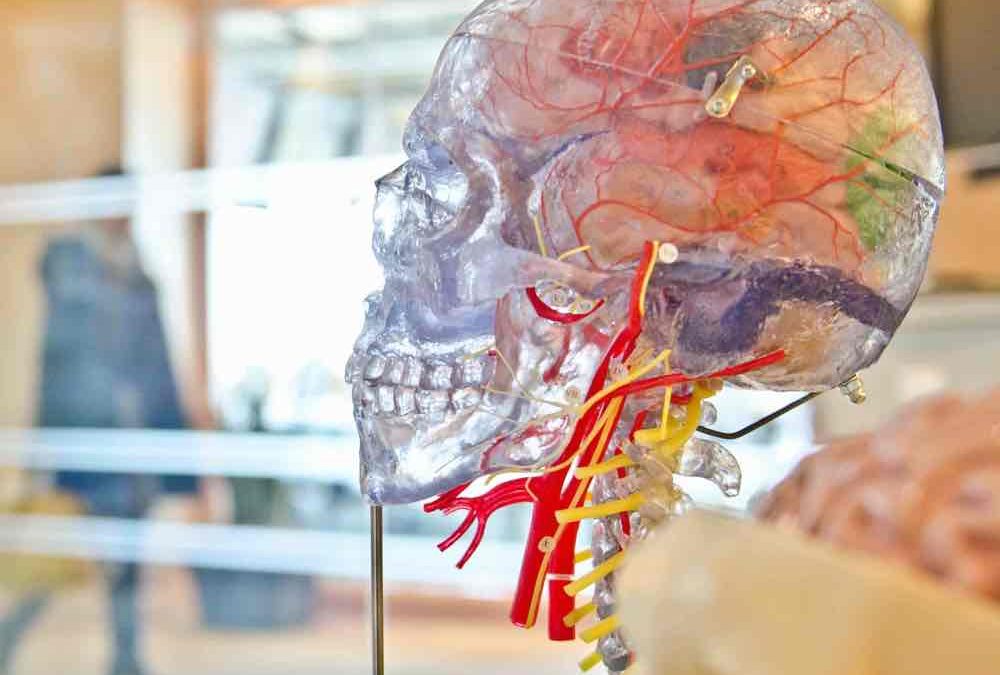There are many critical elements to a scientific psychological experiment. Like science, psychology follows a systematic approach in conducting experiments to find out ‘what happens’. In a scientific experiment, they may ask what happens when you add potassium chlorate to 10kgs of gummi bears (or perhaps something a little more advanced than this). Whereas in a psychological experiment, they may ask what happens if someone posts selfies excessively on facebook? Is there a link between excessively posting selfies on facebook and narcissism? The examples below will relate to conducting an experiment on a possible relationship between excessive selfie FB posting and narcissism.
To maintain scientific integrity, psychologists first adhere to a theoretical framework. This includes simply organising and explaining observations made within the experiment in a systematic way. So, it would make no sense if one psychologist decided to organise all observations using a video camera, but another decided to use a dictaphone, whilst only speaking in Spanish. The observations would be built upon two differing frameworks and no meaningful data could be extracted.
 Just as scientists use a hypothesis when conducting experiments, so too do psychologists. A psychologist’s hypothesis will flow from existing theories, or simply from an important research question. There may be existing theories that have already tested the link between posting selfies on FB and narcissism, but you would just like to add to that growing body of evidence (called empirical evidence), or maybe there are existing theories exploring excessive photo posting and you would like to target ‘selfie posting’ specifically. Or maybe there’s an important research question on the harm of excessive facebook usage and you want to explore a possible relationship with the personality disorder of narcissism. A psychology hypothesis example may be, individuals with high levels of narcissism will post more selfies on Facebook than individuals with low levels of narcissism.
Just as scientists use a hypothesis when conducting experiments, so too do psychologists. A psychologist’s hypothesis will flow from existing theories, or simply from an important research question. There may be existing theories that have already tested the link between posting selfies on FB and narcissism, but you would just like to add to that growing body of evidence (called empirical evidence), or maybe there are existing theories exploring excessive photo posting and you would like to target ‘selfie posting’ specifically. Or maybe there’s an important research question on the harm of excessive facebook usage and you want to explore a possible relationship with the personality disorder of narcissism. A psychology hypothesis example may be, individuals with high levels of narcissism will post more selfies on Facebook than individuals with low levels of narcissism.
Next the experiment requires a standardised procedure. This is basically ensuring all participants are subject to the same procedure. So for our make believe experiment, all participants might be given the exact same model of smart phone. If half the participants were given a state-of-the-art smart phone with these amazing selfie features, then they might post more selfies. This may be attributed to the features of the phone, giving a false indication of increased selfie taking. Thus potentially biasing the results of the experiment. All participants should adhere to the same procedure, excluding when variation is introduced to test a hypothesis.
![]() A requirement of a psychological experiment is generalisability. The sample needs to be representative of the population. It needs to have a mix of age, gender, education, occupation, religion, nationality – exactly like the population you see around you today. The procedure of the experiment needs to be sensible. It needs to be relevant and resemble circumstances outside the laboratory. In our make believe experiment, if we had a sample of just models, then this sample does not represent the general population. Additionally, models may take more selfies due to the nature of their work. If the models in the experiment are placed on a tropical island with hair and makeup artists, professional lighting and selfie sticks everywhere then this would not represent a setting that is a standard environment for most people, and such a setting could probably increase the number of selfies a person would normally take.
A requirement of a psychological experiment is generalisability. The sample needs to be representative of the population. It needs to have a mix of age, gender, education, occupation, religion, nationality – exactly like the population you see around you today. The procedure of the experiment needs to be sensible. It needs to be relevant and resemble circumstances outside the laboratory. In our make believe experiment, if we had a sample of just models, then this sample does not represent the general population. Additionally, models may take more selfies due to the nature of their work. If the models in the experiment are placed on a tropical island with hair and makeup artists, professional lighting and selfie sticks everywhere then this would not represent a setting that is a standard environment for most people, and such a setting could probably increase the number of selfies a person would normally take.
Lastly, we need objective measurement. So measures need to be reliable and demonstrate a capability of producing consistent results. They also need to be valid, which means they need to assess the criteria they are intended to assess. So to measure narcissism the study might use a quiz, or more formally known as a self-report questionairre. The answers to the questions are analysed providing an indication of levels of narcissism. Now if the same person taking the questionnaire reports high narcissism but then if they take the test again some time later, they report low narcissism than this may not be a reliable measure. To demonstrate further, narcissism is associated with low empathy. So if the individual tests high for narcissism but high for empathy than this is also could be indication that the test may not be reliable. Lastly, if the questionnaire consists of questions asking a person’s knowledge of geography, which has very little to do with narcissism then the measure does not assess the criteria it is intended to assess, and is therefore not valid.
So it is through strict adherence to these principles that psychological science can objectively measure human behaviour.
Click for more information, tips and articles on mental health.
References
Burton, L., Westen, D., & Kowalski, R. (2015). Psychology: 4th Australian and New Zealand edition. Milton, Qld: John Wiley & Sons Australia.

